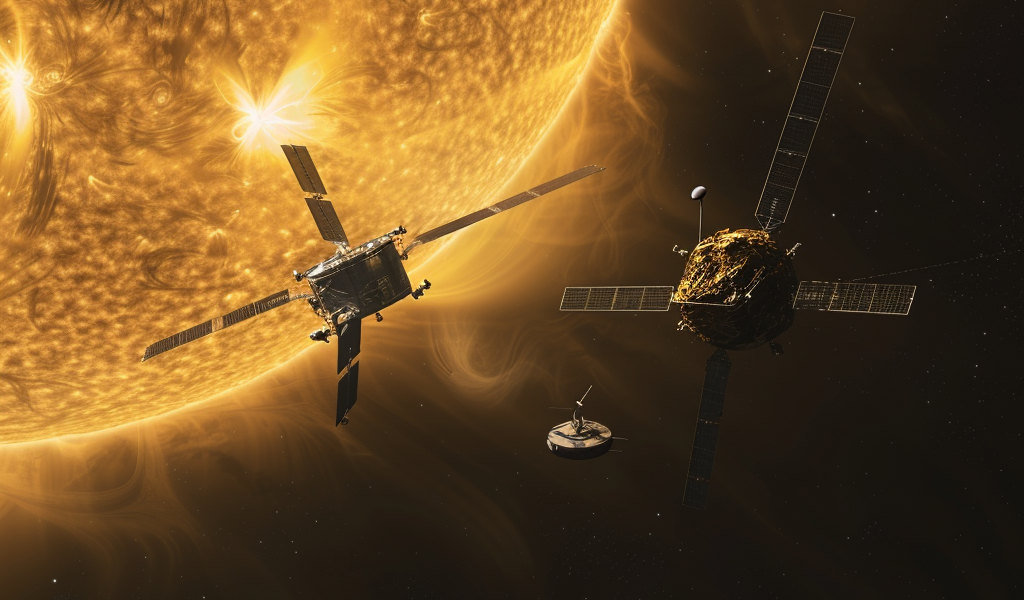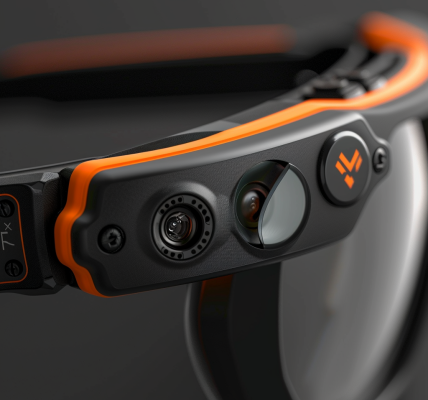ESA and NASA have joined forces to study the solar wind as the ESA-led Solar Orbiter and NASA-led Parker Solar Probe reach their closest approach to the Sun. This collaboration presents a unique opportunity for the two spacecraft to work together in analyzing the plasma emanating from the Sun, which extends throughout the Solar System and impacts Earth.
Both Solar Orbiter and Parker Solar Probe have highly eccentric orbits, allowing them to approach the Sun closely for observation before retreating to enable their onboard technology to recover from the intense heat and radiation. In the upcoming week, the two spacecraft will simultaneously reach their closest approach to the Sun, known as the ‘perihelion,’ for the first time ever. This alignment coincides with the spacecraft being positioned at right angles to each other as they observe the Sun.
Daniel Müller, ESA Solar Orbiter Project Scientist, emphasized the significance of this configuration, stating, ‘On this day, we have a unique spacecraft configuration, where Solar Orbiter will have its full suite of instruments pointed towards the region on the Sun where the solar wind is produced that will hit Parker Solar Probe a few hours later.’
Scientists will utilize data collected by both missions to enhance their understanding of the solar wind’s properties. Solar Orbiter, being at its closest proximity to the Sun, will capture observations with the highest resolution. Subsequently, Parker Solar Probe will sample the nearly pristine solar wind in space a few hours after it has been imaged by Solar Orbiter, enabling a deeper comprehension of the connection between the Sun and its heliosphere, the vast plasma bubble it releases into space.
Despite Solar Orbiter being 45 million km from the Sun at its closest approach, while Parker Solar Probe is only 7.3 million km away, the former is still able to observe the solar wind that later reaches the latter. This is attributed to the difference between remote sensing and in situ instruments carried by both missions. While Solar Orbiter is equipped with more remote sensing instruments, Parker Solar Probe predominantly carries in situ instruments, as current camera technology cannot withstand the close proximity to the Sun.
Remote sensing instruments function akin to cameras or human eyes, detecting light waves from the Sun at various wavelengths. As light travels at 300,000 km/s, it takes approximately 2.5 minutes to reach Solar Orbiter’s instruments at its closest approach. Conversely, Parker Solar Probe’s in situ instruments operate similarly to human nose or tastebuds, directly sampling the surrounding environment.





